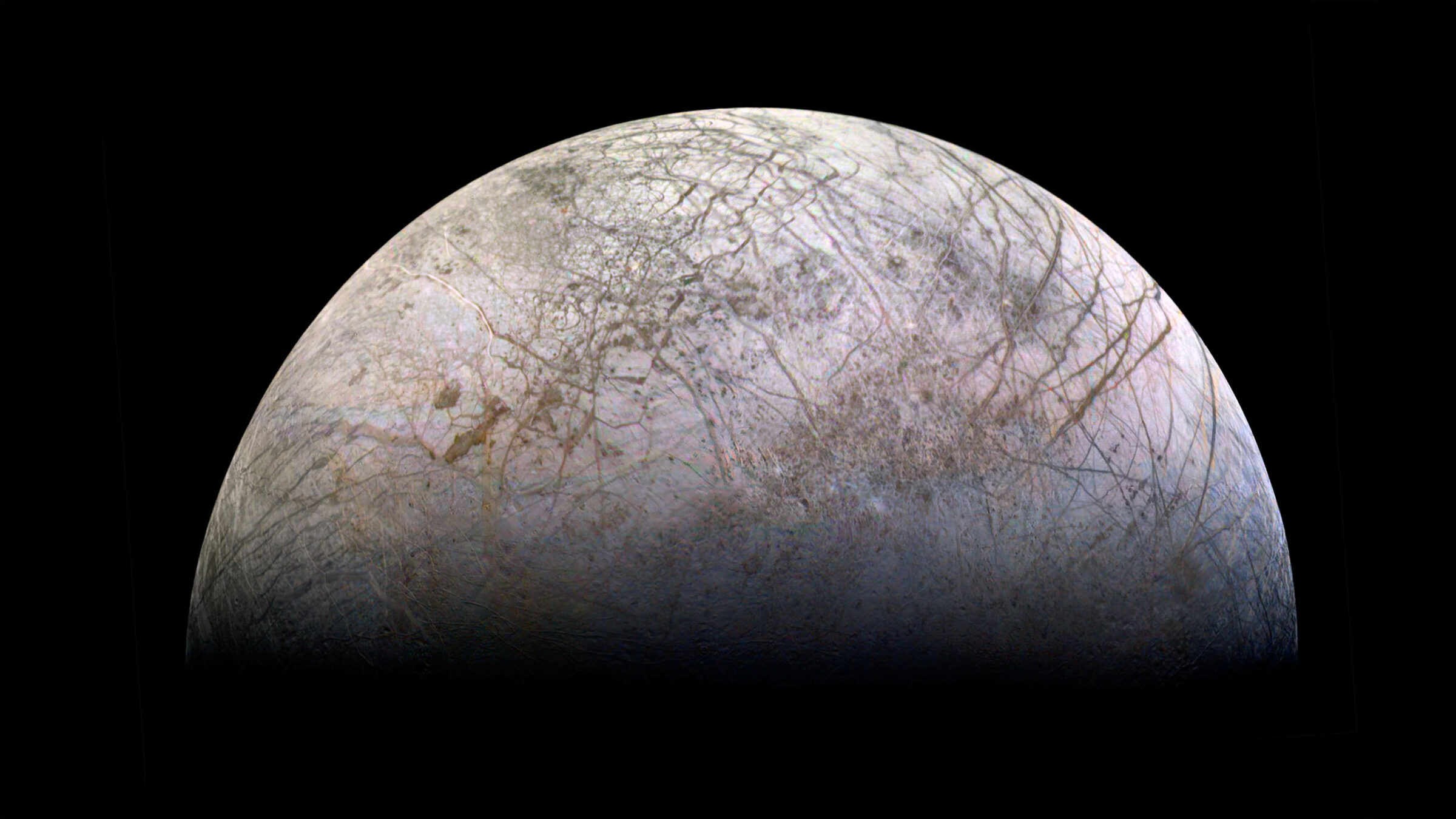The Planetary Society • Aug 24, 2021
Planetary protection: How to explore Mars and other worlds responsibly
It’s an exciting time to search for life on other worlds. From NASA’s Perseverance rover on Mars to the agency’s Europa Clipper mission at Jupiter, a variety of current and upcoming space exploration missions will take us closer to understanding whether there is life beyond Earth.
But the things that make these worlds such fascinating places make it necessary for us to tread carefully. Throughout history, humans have devastated ecosystems in the act of exploration, both accidentally and intentionally.
Responsibly exploring other worlds is the purview of a field called planetary protection. While it may sound like its goal is protecting us from aliens, planetary protection means protecting other worlds from Earthly microbes and containing possible microbes that sample return missions might bring back to Earth.
Planetary protection is an exercise in risk assessment and tradeoffs. As we learn more about other worlds, our rules on how to explore them must evolve. We want to be responsible without making requirements so burdensome and expensive that we can’t explore at all.
The Planetary Society supports responsible planetary exploration, as laid out in our space policy and advocacy principles. So what does it mean to explore other worlds responsibly?
How to sterilize a spacecraft
Our bodies host entire ecosystems of microbes that leak out of us via our skin, bodily fluids, and breath, and are extraordinarily difficult to contain. Some of these microbes are extremely hearty and may be able to survive trips through interplanetary space.
Since the advent of space exploration, scientists have pondered what could happen if Earth microbes hitched a ride on a spacecraft to another world. While many Earth bugs would die quickly on Mars’ surface, some could survive in other places, such as pockets of liquid water beneath the surface. There, they could potentially thrive and overrun any existing Martian life.
Even if Mars is currently lifeless, letting our microbes run rampant there could complicate the search for Martian life, although DNA and gene sequencing could likely determine a microbe’s origins.
The solution? Before a spacecraft travels to a destination like Mars, we sterilize it to remove living Earth contaminants. Some components are baked at high temperatures, while other components are wiped down with hydrogen peroxide or ethylene oxide.
But how sterile should a spacecraft be? And what about humans, who cannot be sterilized before launch?

Agreeing on the rules
The closest thing the international community has to an agreement on how to protect other worlds is The Outer Space Treaty, signed by over 200 nations including the United States. The treaty states that signatories should "avoid harmful contamination of space and celestial bodies."
What, exactly constitutes harmful contamination? And how should that change when considering a mission to a sunbaked world like Mercury, versus Europa, which could harbor life in its subsurface ocean?
The most commonly referred to rules on planetary protection come from COSPAR, the Committee on Space Research. COSPAR is an international organization that brings scientists together to find solutions for common space science problems.
COSPAR’s planetary protection recommendations for a given spacecraft depend on where it’s going and what sort of mission it is designed to carry out. The recommendations are divided into categories that dictate how many microbes, or spores, can be on a spacecraft going to another world. A mission to Mercury would fall under category I (no requirements), whereas the Europa Clipper flyby mission falls under category III (less than 500,000 spores).
There is currently no COSPAR-compliant way to send humans to Mars. This, along with other disagreements ranging from spore counts to regulatory frameworks, creates tension within the field of planetary protection.
COSPAR’s recommendations are not legally binding. Even if they were, the U.S. has no federal regulatory agency tasked with enforcing planetary protection requirements. NASA generally follows COSPAR guidelines, but does not review or approve the activities of private companies like SpaceX, who have their own plans for Mars exploration.

The path forward
In 2016, NASA asked the U.S. National Academies to review the process by which the agency sets its planetary protection guidelines. The ensuing report concluded that NASA’s current policies are outdated, having been developed for the Apollo and Viking mission eras.
An independent review board agreed with some of the National Academies recommendations in 2019, recommending that NASA loosen restrictions on certain destinations and even certain regions on worlds like Mars. NASA in 2020 announced some initial changes to its policies that followed these recommendations — particularly recategorizing large parts of the Moon to category I (no restrictions) to lower the planetary protection burdens on future missions.
To prepare for the human exploration of worlds like Mars, we can continue studying the planet in its native state to identify regions where life could exist, while trying to better understand how human microbes might propagate there. As our scientific understanding of these worlds evolves, so too will our ability to responsibly explore them.
Support our core enterprises
Your support powers our mission to explore worlds, find life, and defend Earth. You make all the difference when you make a gift. Give today!
Donate

 Explore Worlds
Explore Worlds Find Life
Find Life Defend Earth
Defend Earth

